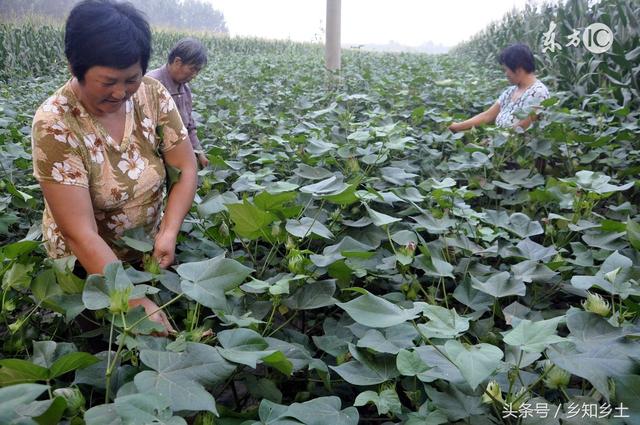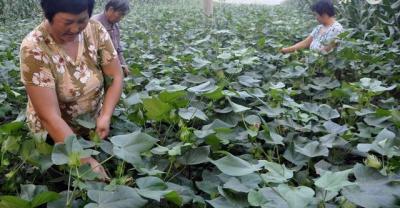What is the principle of reasonable close planting of cotton?
Reasonable close planting is beneficial to make full use of soil fertility, improve the utilization rate of light energy, make full use of space, increase the total boll number, improve the spatial distribution of cotton bolls, increase the average boll weight, and achieve the purpose of increasing yield. The following factors should be taken into account in determining planting density.

1. Climatic conditions where the average temperature of cotton growing season is high and the frost-free period is longer, cotton plants grow faster and are tall and sparse, while in areas with warm and cool climate and short frost-free period, close planting is appropriate. With the climate warming in recent years, appropriate late sowing in production is beneficial to the whole seedling and the realization of high yield.
2. In the cotton field with high soil fertility or high fertilization level, the cotton plant grows vigorously, the plant is tall, the leaf is big, and the fruit branch is many, which is easy to cause cotton field closure and aggravate the shedding of buds and bolls in the middle and lower parts; in the cotton field with low soil fertility or low fertilizer application, the growth of cotton plant is shorter and the possibility of field closure is small. Therefore, under the same climatic conditions, the density of fertile fields should be lower than that of lean fields.
3. The varieties with long growth period, tall plants, loose plant type, long fruit branches and large leaves should have low density, while the early maturing varieties with short plants, small leaves, compact plant types and short fruit branches should have high density. Because of the strong growth potential, the planting density of hybrid cotton should be lower than that of conventional cotton.

In China, the cotton planting density in the north is generally higher than that in the south, and that in the west is higher than that in the east. The planting density in the inland cotton area of southern Xinjiang is 240000 ~ 300000 plants per hectare.
- Prev

Can everyone plant teeth?
Missing teeth should be implanted in time, but in real life, many people's problems can not be solved by traditional implant techniques. For example, for the whole mouth.
- Next

How long is the service life of dental implants?
How long is the service life of dental implants? With neat white teeth, people can smile more brightly and don't look old. But some people because of some.
Related
- Fuxing push coffee new agricultural production and marketing class: lack of small-scale processing plants
- Jujube rice field leisure farm deep ploughing Yilan for five years to create a space for organic food and play
- Nongyu Farm-A trial of organic papaya for brave women with advanced technology
- Four points for attention in the prevention and control of diseases and insect pests of edible fungi
- How to add nutrient solution to Edible Fungi
- Is there any good way to control edible fungus mites?
- Open Inoculation Technology of Edible Fungi
- Is there any clever way to use fertilizer for edible fungus in winter?
- What agents are used to kill the pathogens of edible fungi in the mushroom shed?
- Rapid drying of Edible Fungi

